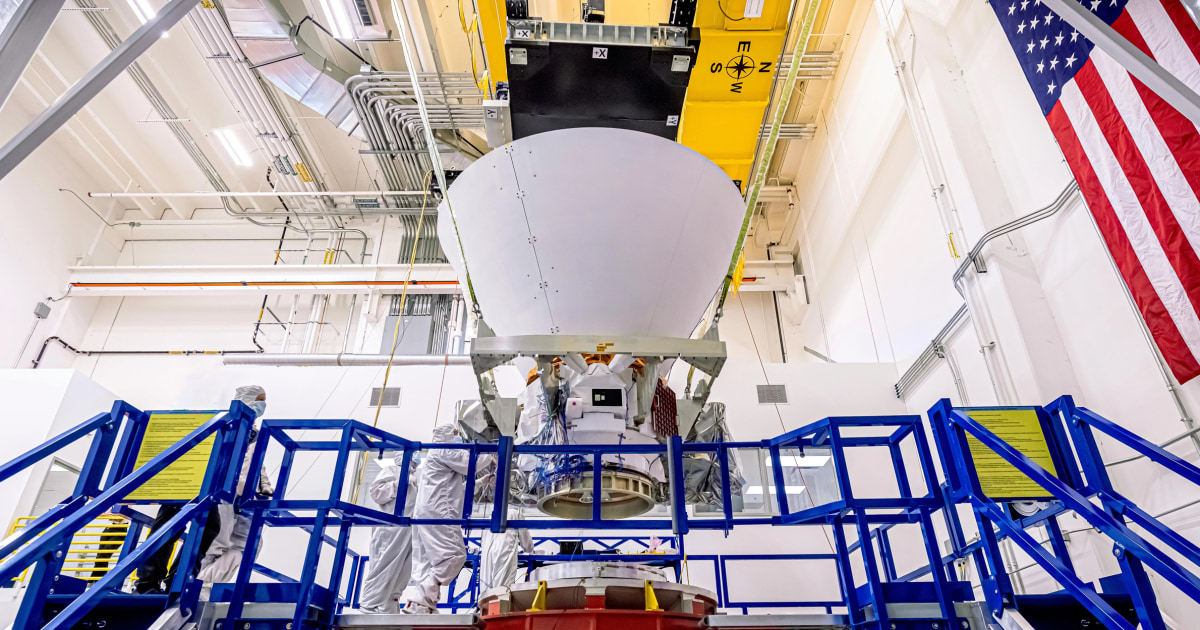NASA Launches SPHEREx Space Telescope to Map the Entire Sky
NASA's SPHEREx telescope launched to explore galaxies and ingredients for life in the universe while tagging along four satellites to study the sun.
Overview
NASA's SPHEREx space telescope successfully launched aboard a SpaceX Falcon 9 rocket, aimed at mapping the entire sky over a two-year mission. With a budget of $488 million, SPHEREx will explore hundreds of millions of galaxies and search for life’s ingredients in the Milky Way. Unlike other telescopes, SPHEREx will measure the cosmic glow of the universe in 102 colors through infrared observations, which are invisible to the human eye. Its findings may provide insight into galaxy formation, the evolution of the cosmos, and potentially how water and life could exist elsewhere in our galaxy.
Report issue

Read both sides in 5 minutes each day
Analysis
- NASA has launched the SPHEREx mission, which aims to map the entire sky and study the formation and evolution of galaxies over billions of years.
- SPHEREx will also search for crucial ingredients for life, such as water, in the Milky Way's interstellar clouds, aiding in the understanding of how solar systems form.
- Four suitcase-size satellites called PUNCH, launched in conjunction with SPHEREx, will study the sun's corona and solar wind to improve predictions of space weather.
Articles (4)
Center (3)
FAQ
The primary objective of the SPHEREx mission is to map the entire sky in infrared light, aiming to explain how galaxies formed and evolved, and to search for ingredients of life in the Milky Way galaxy.
SPHEREx differs from Hubble and Webb by focusing on the collective glow of galaxies rather than detailed images of individual galaxies. It observes in infrared across 102 colors invisible to the human eye.
The SPHEREx launch was accompanied by four NASA satellites known as Punch, which will study the sun's corona and solar wind.
The SPHEREx mission is expected to last two years, during which it will conduct four full-sky surveys.
History
- This story does not have any previous versions.


